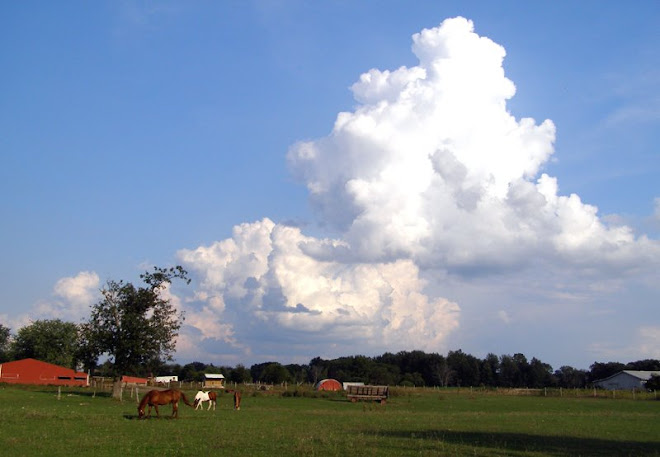I don’t know history well, but I want to learn. I’m reading a 1980 book called The End of Order: Versailles 1919, by Charles Mee Jr. about the Treaty after WWI. What a mess that war and that treaty were! They set the tone for the violent 20th century.
These photographs say a lot.
One is a photo of the Hall of Mirrors at the Versailles palace in color (I visited there as a student back in 1975, but the photo is not mine). Though decadent and gaudy for my taste, it has its own beauty. Prisms bounce around the room from the chandeliers. Rainbows of color.
The second is a black and white shot of the men who signed the Versailles Treaty in 1919 in the same Hall of Mirrors, including our Woodrow Wilson. All men, all black and white. They each had their biases, set ways of looking at the world’s problems, which led to more disaster.

Mee writes:
“By January of 1919, as the delegates gathered in Paris for the Peace Conference, the shallow graves of Verdun were being washed out by the rains; feet stuck out of the ground, and helmets with skulls in them rose up through the mud. In this atmosphere, the diplomats gathered—and, far from restoring order to the world, they took the chaos of the Great War, and, through vengefulness and inadvertence, impotence and design, they sealed it as the permanent condition of our century.”

(original color photo at college.hmco.com/.../ image185_large.html)





6 comments:
So hard to believe that's the same place! But what a great example of the dichotomies of our lives/hostory. I wonder if b & w has its place (like in photography) and if so, how if informs the color? When does one need to stop and the other begin? This is just thought on the tip of my brain right now. Hmm. Wish we could talk in person!
What an interesting thought. I think we should pursue that.
The photo of Bennett on your memorial blog, being b & w, we don't know his hair was red. But the b & w version gives something different and also interesting.
Yes indeed. There's a place for it but in the context of your post, what is it? Are they two separate issues or is there a way to bring them together? Two different kinds of b & w?
It seems to me that the meaning behind any form is what matters. I chose the b & w photo of the Versailles treaty to illustrate a point, but my knowledge of what happened there is very narrow, and I could easily be guilty of (mis)understanding it in simplistic terms, the very tendency I'm critiquing.
We can't have thorough knowledge of every issue. But I think it's possible to have a non-b&w viewpoint, that is, even if I don't know all the complications, I recognize and acknowledge that they are there and I don't know them.
What place could a b&w perspective ever have? To me, it implies that this is this or that is that, always and forever. Is that ever acceptable? Maybe there isn't a good correlation between b&w photography, which is appealing and has its place, and thinking in terms of b&w?
Yup, maybe comparing apples and oranges! Still, I love the thought process :)
That photograph struck terror in my heart because accompanied by that quote - amazing how context is everything. Unbelievable, the ugly things that happen in beautiful places xxxx
Post a Comment